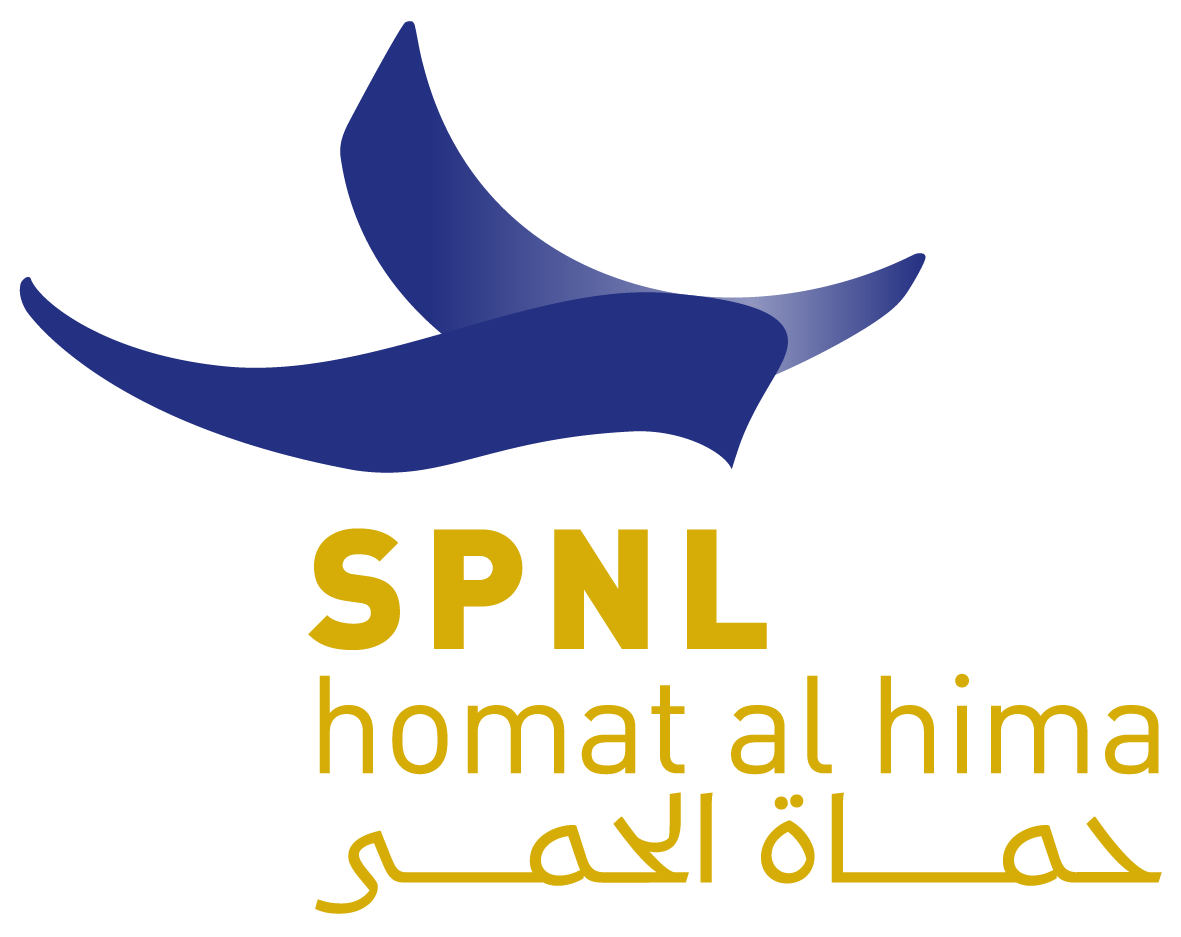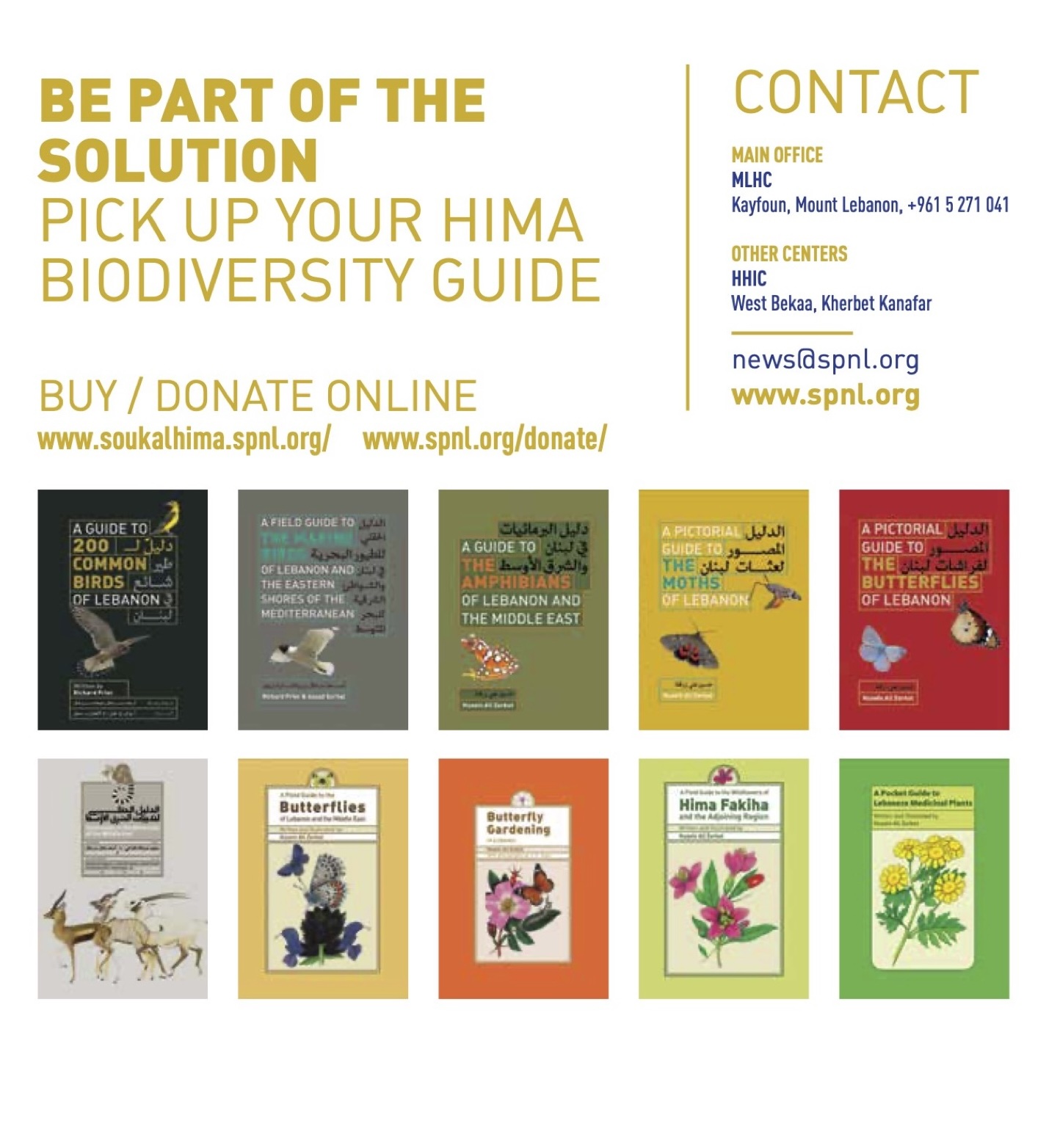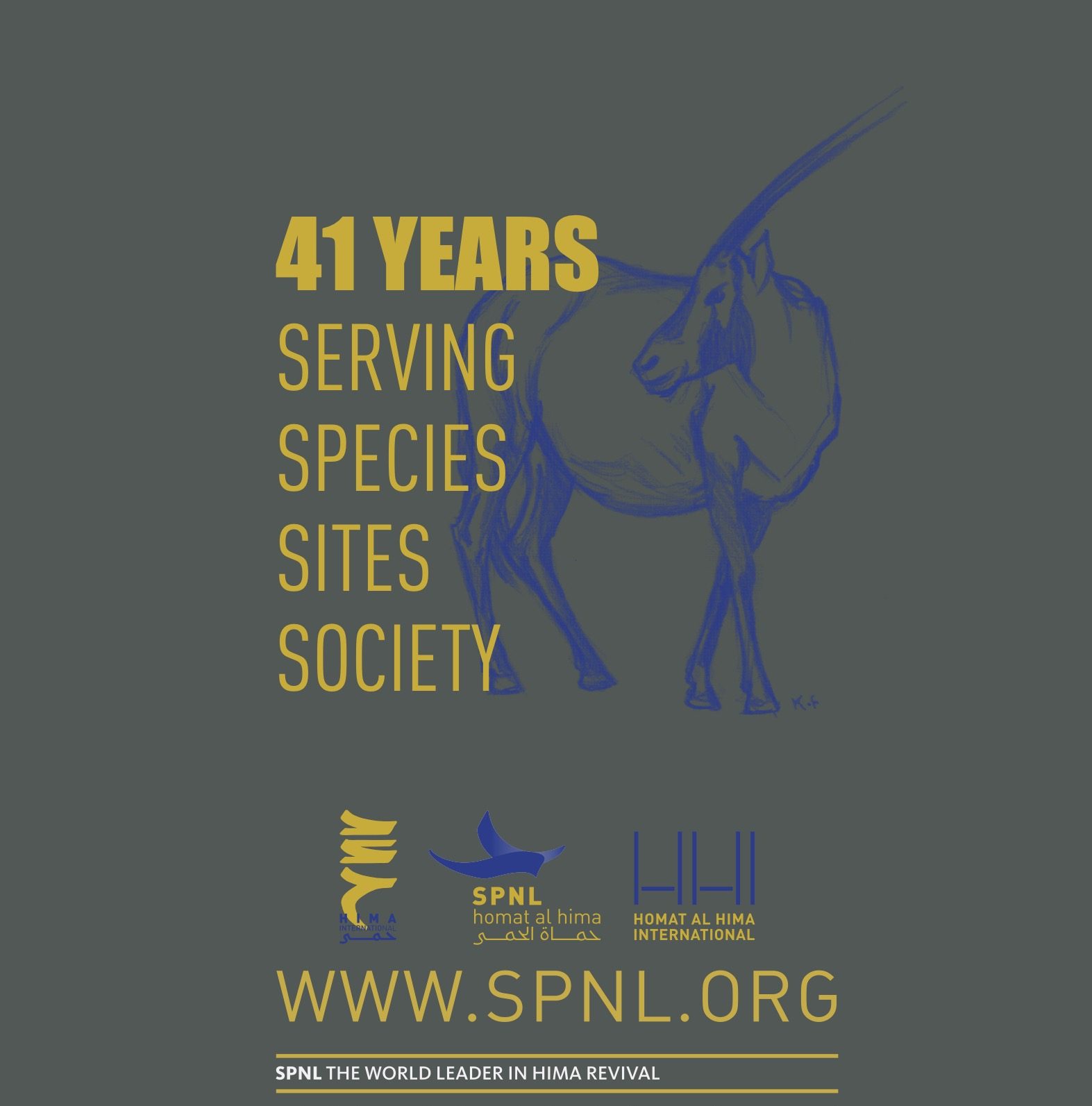A newly released 112-page report, Guidance on OECMs, offers insights into Other Effective Area-based Conservation Measures (OECMs)—areas that contribute significantly to biodiversity conservation, even if conservation is not their primary objective.
Unlike traditional protected areas, which must be designated primarily for conservation, OECMs can serve various purposes—such as preserving cultural or historical sites—while still achieving conservation outcomes. These areas can be managed by a wide range of stakeholders, including Indigenous Peoples, government agencies, and private sector entities.
OECMs are particularly vital in supporting Target 3 of the Global Biodiversity Framework (GBF), which calls for 30% of terrestrial, freshwater, and marine areas to be conserved by 2030. While significant progress has been made, a recent UN Environment Programme and IUCN report highlights that to meet this target, the global conservation network must expand by 12.4% on land and 21.6% in the ocean over the next six years.
This publication provides clear guidance on how different actors can engage with the OECM framework, featuring 29 case studies from around the world. These examples illustrate various governance and management approaches that successfully deliver conservation results outside formal protected areas.
Identifying, reporting, monitoring, and enhancing OECMs presents a crucial opportunity to support long-term conservation efforts, complementing protected areas. These measures can help maintain ecosystems, wildlife corridors, and threatened species, improve ecological resilience, and strengthen connections between local communities and nature.
According to Harry Jonas, Senior Director of Conservation Areas for WWF and co-author of the report, the OECM framework recognizes conservation efforts outside protected areas in a way that respects local contexts. Research indicates that OECMs are governed by diverse stakeholders and have played a key role in expanding the coverage of Key Biodiversity Areas while enhancing ecological connectivity.
The Guidance on OECMs is part of the Good Practice Guidelines Series from IUCN’s World Commission on Protected Areas. Developed by the WCPA Specialist Group on OECMs, the report was created in response to a request from Parties to the Convention on Biological Diversity (CBD) for guidance on how governments, Indigenous communities, and private entities can engage with the OECM framework.
This guidance is designed to be used alongside the Site-tool for identifying OECMs, which helps different actors assess, monitor, and enhance these conservation areas to ensure their long-term contribution to biodiversity conservation in locally appropriate ways.






